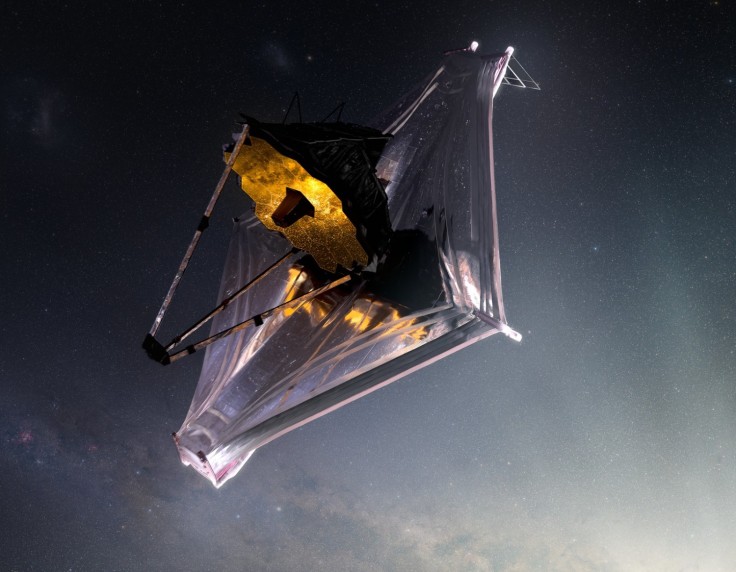The James Webb Space Telescope will soon be nearing its "commissioned" status.
NASA officials have recently declared that its newest space telescope is showing off a "literal stellar performance" and is a few steps away from being commissioned for scientific use, per a Space.com report.
NASA successfully aligned the James Webb Space Telescope in late April 2022.

James Webb Space Telescope's Quality
According to Space.com's report, the James Webb Space telescope's latest picture of the Large Magellanic Cloud is "sharper than ever" thanks to the space telescope's Mid-Infrared Instrument (MIRI).
The MIRI, an instrument jointly created by NASA and the European Space Agency (ESA), allows the telescope to detect longer infrared wavelengths, per NASA's page on the matter.

The image, which was taken at 7.7 microns, showed the chemistry of interstellar gas in the detail astronomers have yet to see until now. Thanks to the image, astronomers can see emissions from molecules of carbon and hydrogen called "polycyclic aromatic hydrocarbons," which are part of the building blocks of life.
This particular image is crucial to help the space telescope, as well as astronomers, to understand how stars and protoplanetary systems were formed.
Chris Evans, the telescope's project scientist at the ESA, commented that the image was taken "is a really nice example of what [the James Webb Space Telescope] will do for [astronomers] in the coming years."
Evans also added that the picture of the Large Magellanic Cloud gives astronomers a chance to look at the processes of star and planet formation "in a very different environment to our own galaxy."
To understand how sharp Webb's image of the Large Magellanic Cloud is, NASA released the image of the Large Magellanic Cloud from the now-retired Spitzer Space Telescope and compared it to Webb's. The difference between the two is enormous.
Evans said that Spitzer did "amazing things," but added that it was limited by its spatial resolution as it was optimized for wide-field surveys that capture celestial objects in context.
James Webb Space Telescope's Status
The James Webb Space Telescope has been going through its commissioning process with a few issues and is now undergoing the final tweaking stages of its instruments.
Mission personnel assigned to Webb will test the space telescope's ability to track objects in the solar system, such as planets, satellites, rings, asteroids, and comets. Scientists will also be focused on making sure Webb can track these celestial bodies properly as it is particularly sensitive to starlight.
Evans said that they would also measure changes in the telescope's alignment while they point the telescope to different locations. According to Evans, they will point Webb between hotter and colder attitudes to see how quickly its mirrors heat up or cool down as it moves in space.
NASA expects that the James Webb Space Telescope is on schedule to begin its early release science this summer. After doing so, Evans said that astronomers would be ready to turn Webb's instruments "loose on the universe," implying its nearing commission.









